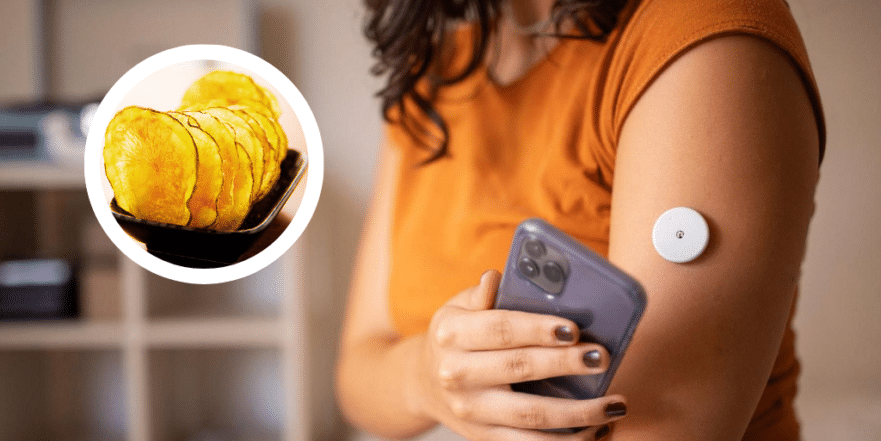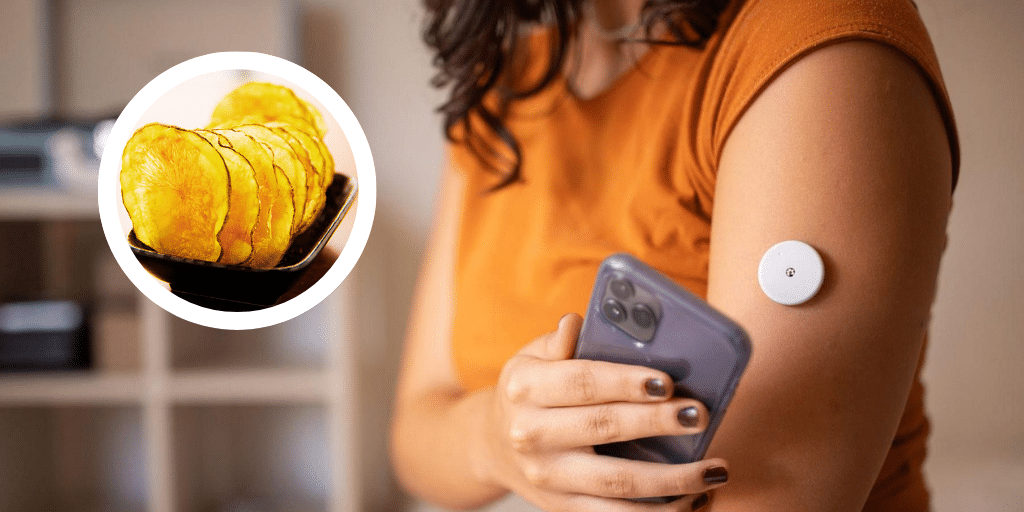
What if I told you that by simply removing a handful of common foods from your diet, we could potentially solve 90% of diabetes cases worldwide? It sounds like a bold, almost unbelievable claim, doesn’t it? But the truth is, for decades, we’ve been fed a steady diet of myths, misconceptions, and outright falsehoods about what constitutes a healthy diet, often funded by the very industries that profit from our confusion and poor health. It’s time to cut through the noise.
In this article, we’re going to do just that. We’re going to pull back the curtain on the foods that are silently wreaking havoc on your blood sugar, damaging your arteries, and fueling the global diabetes epidemic. This isn’t about a fad diet or a quick fix. This is about understanding the fundamental principles of how food affects your body, so you can take back control of your health for good. You’ll learn to read food labels like a detective, identify hidden sugars, and finally understand the truth about fats, fruits, and meats. Get ready to challenge everything you thought you knew about healthy eating.
Key Takeaways
- Sugar is the Primary Culprit: The biggest driver of diabetes and related health issues is not fat, but added sugars and highly processed carbohydrates that spike your blood sugar and insulin.
- Beware of “Healthy” Labels: Foods marketed as “fat-free,” “low-fat,” or even some “healthy” cereals are often loaded with sugar and should be avoided.
- Not All Fats Are Bad: Healthy fats are essential. The real danger lies in industrially processed seed oils (high in Omega-6) and formerly, trans fats. Natural fats from sources like avocados, nuts, and even butter in moderation are beneficial.
- Read the Ingredients, Not Just the Nutrition Facts: The ingredient list tells the real story. If sugar or high-fructose corn syrup is near the top, or if the list is full of words you can’t pronounce, it’s best to put it back on the shelf.
- Focus on Whole Foods: The simplest rule is to eat real, unprocessed foods. Fresh vegetables, high-quality proteins, nuts, seeds, and low-glycemic fruits are the foundation of a diabetes-reversing diet.
1. The “Fat-Free” Fraud
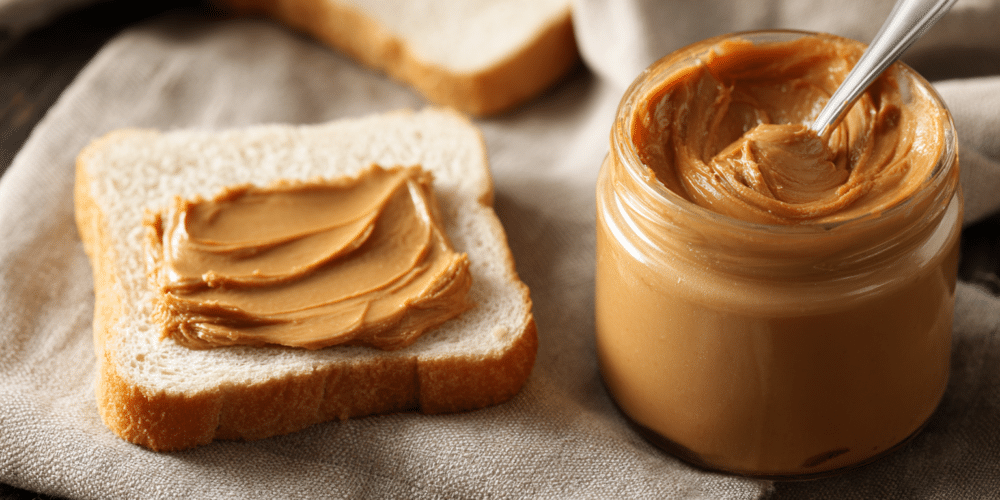
For years, you were told that fat was the enemy. This led to an explosion of “fat-free” and “low-fat” products on supermarket shelves. But here’s the dirty secret: when food manufacturers remove fat, they have to replace it with something to make the food palatable. That something is almost always sugar, salt, and processed garbage.
You need to become familiar with a concept called the glycemic index (GI). This scale, from 0 to 100, measures how quickly a food raises your blood sugar. Foods with a GI of 70-100 are considered high and cause a rapid spike in blood sugar, leading to inflammation, arterial damage, and nerve damage. You want to stick to foods under 70, and ideally under 50. Most of these fat-free packaged snacks, reduced-fat salad dressings, and fat-free peanut butters are high on the glycemic index. You’re trading healthy, satiating fat for unhealthy, inflammatory sugar. When you buy peanut butter, the ingredients should read “peanuts” and maybe “salt.” That’s it.
2. The Breakfast Betrayal: Cereals and Yogurts

Your breakfast might be setting you up for failure before your day has even begun. Let’s start with yogurt. Plain Greek yogurt can be an excellent source of protein. But the fruit-flavored and sugar-sweetened yogurts you see lining the dairy aisle are a different story. I’ve seen some with six spoonfuls of sugar in a single serving! Always check the label for added sugars.
Then there’s cereal. The vast majority of cereals marketed to you and your children are nothing more than dessert in a box. Some large bowls can contain the equivalent of eight tablespoons of pure sugar. They are incredibly high on the glycemic index, giving you an instant blood sugar rush that will inevitably be followed by a crash, leaving you tired and craving more sugar. The industry blamed dietary fat for years, but it was this massive influx of sugar that was truly clogging arteries and making people lazy and sick. Even cereals marketed as “healthy,” like granola or whole-grain flakes, are often packed with sugar, destroying any nutritional benefits they might have. If you want a healthy cereal, think of non-instant oatmeal or steel-cut oats.
3. Liquid Sugar: The Drinks That Sabotage Your Health
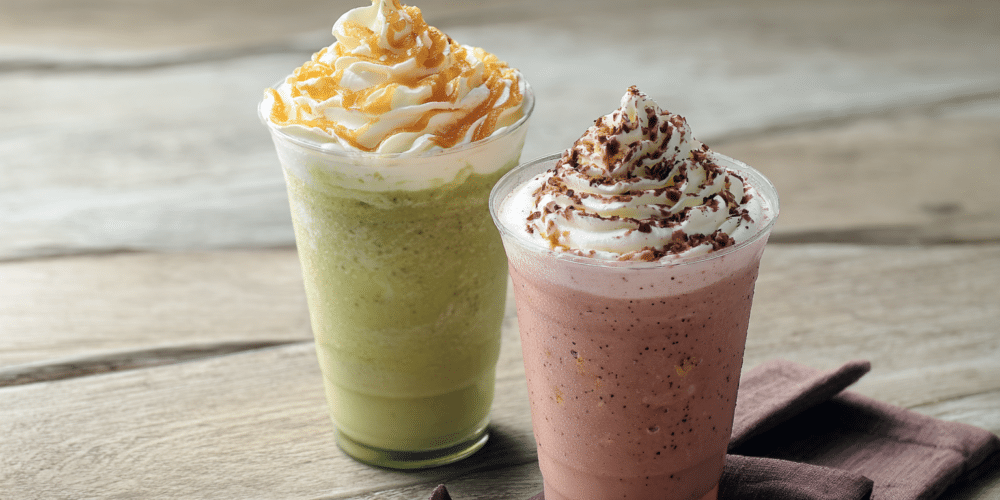
One of the fastest ways to spike your blood sugar is by drinking it. Your body absorbs liquid sugar almost instantly, offering no fiber to slow the process down. This category is full of culprits. Sports drinks, for example, can contain six tablespoons of sugar in a single bottle. Unless you’re a professional athlete running a marathon, you do not need them. Stick to water.
Fancy coffee drinks are another major offender. A trip to Starbucks can be a guilty pleasure, but some of those frappuccinos and flavored lattes contain over 1,000 calories and a shocking amount of sugar. You’re often better off eating a bowl of ice cream. And then there’s soda. A meta-analysis in the Journal of the American College of Cardiology found that all sweetened drinks—soda, sports drinks, and fake fruit juices—make you significantly more likely to die of atherosclerosis and have a high risk of diabetes and heart disease. Simply cutting these out can change your life immediately.
What about fruit juice? Here we need to be specific. Packaged, processed fruit juice from concentrate is just like soda. However, studies show that blending 100% real, whole fruit into a smoothie at home does not have the same negative effect, as you retain the fiber. As for diet soda, while it’s better than sugary soda, the artificial sweeteners can still trigger cravings for sweetness. A better choice is carbonated water; I love adding a splash of apple cider vinegar and a few drops of lemon juice.
4. The Snack Trap: Chips, Crackers, and Bars

Processed snacks are designed to be hyper-palatable, meaning you can’t eat just one. The New England Journal of Medicine once called the potato chip the single worst food in America. Why? Because it provides a ton of calories with virtually no nutrition or fiber, so you can eat an entire bag without feeling full. This applies to all its cousins: Cheetos, Doritos, veggie straws, and even so-called “healthy” or “fat-free” chips. They are highly processed carbs that will spike your blood sugar and contribute to belly fat.
Pastries, store-bought energy bars, and candy bars are just as bad. A single 3 Musketeers bar has nearly 40 grams of pure sugar—that’s almost three tablespoons! This sugar is directly tied to atherosclerosis, the hardening and clogging of your arteries. Instead of reaching for these, snack on a handful of nuts, some avocado, or try a low-calorie soup broth. I often heat up a large mug of broth with some spices. It’s filling, hydrating, and kills cravings instantly.
5. The Fat Fallacy: Good vs. Bad Oils

For decades, fat was public enemy number one. We now know this was a lie perpetuated by the sugar industry. Research published in the Journal of the American Medical Association found that the sugar industry funded studies in the 1960s that downplayed the risks of sugar and pointed the finger at saturated fat. The truth is, your body needs fat.
The problem is the type of fat. You’ve heard of Omega-3 fatty acids (anti-inflammatory), but what about Omega-6 fatty acids (pro-inflammatory)? In a healthy diet, the ratio should be about 1-to-1. The average American diet is closer to 25-to-1 in favor of Omega-6. This chronic inflammation drives disease. Where does this excess Omega-6 come from? Industrial seed oils like soybean, corn, canola, cottonseed, and sunflower oil. Avoid them. Good fats include olive oil, avocado oil, coconut oil, and grass-fed butter.
Speaking of butter, a 2016 study found very little link between butter consumption and heart disease. Margarine, which was pushed as the healthy alternative, was historically loaded with artificial trans fats—a literal poison your body can’t process. While trans fats were officially banned in 2020, the foods they were in (commercial baked goods, frozen pizza, fried chicken) are still processed and loaded with sugar and bad oils. Stick with butter over margarine.
6. The Meat of the Matter: Processed vs. Natural

Red meat has been heavily debated, but much of the fear is misplaced. A major 2019 analysis in the Annals of Internal Medicine reviewed numerous studies and concluded that eating red meat in moderation was not significantly linked to heart disease, cancer, or diabetes. The key word is moderation as part of a balanced diet. A steak can be a great source of protein that keeps you full.
The real problem is processed meats. Just like processed snacks, these are the bottom-of-the-barrel products loaded with sugar, fillers, and other additives. This includes sausages, hot dogs, salami, cheap bacon and ham, jerky, and canned meats. These are the foods you need to avoid. Instead, opt for high-quality, lean meats like chicken breast, turkey, and good-quality steak.
And what about nitrates? They got a bad rap because they were used as a preservative in these low-quality meats. But the studies were flawed; people who eat cheap, processed meats often have other unhealthy lifestyle factors. The truth is, your own saliva produces more nitrates than you get from food. It’s not the nitrates; it’s the overall poor quality of the processed product.
7. The Ultimate Game-Changer: Intermittent Fasting
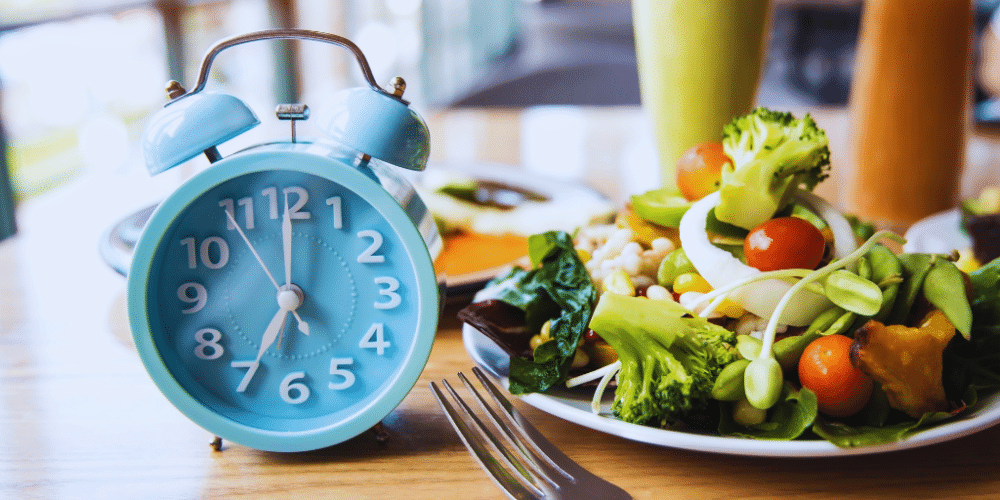
This is the big secret that no corporation wants you to know because they can’t make money from it. It’s supported by every major religion, it’s free, and it’s one of the most powerful tools for reversing diabetes. I’m talking about intermittent fasting.
This isn’t about starving yourself. It’s about creating a dedicated window of time for eating each day. The most famous case is a man who, under medical supervision, did not eat for 382 days. He lost 276 pounds and remained healthy for the next 30 years. This proves that your body is designed to handle periods without food. For the vast majority of people with type 2 diabetes, it is perfectly safe to simply stop eating for controlled periods. When you fast, you give your body a break from constantly processing food and producing insulin. This improves your insulin sensitivity, triggers a metabolic shift where you start burning fat for fuel, and allows your body to begin healing itself.
Conclusion
Reclaiming your health from the grip of diabetes and pre-diabetes is not about buying expensive products or following a complicated, restrictive diet. It’s about unlearning the myths you’ve been told and returning to a simple, powerful truth: eat real food. By systematically removing the processed, sugar-laden, and inflammatory foods from this list, you are taking the most important step toward transforming your health. Start small. Pick one thing—sugary drinks or breakfast cereal—and eliminate it this week. You have the power to change your life, and it starts with your very next meal.
Source: Dr. Tom Biernacki

